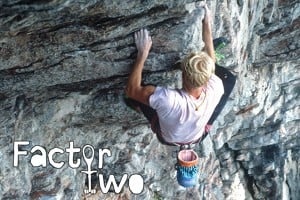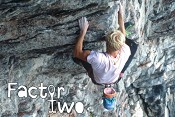In reply to Goodwin:
Mantas & G12's fine as Cameron said. Heres a few ideas that may help you into winter climbing-
I came from a rock climbing background where grades are pretty reliable and the rock either wet or dry. What took me ages to work out is that the grade of winter routes are entirely dependent on conditions of snow and ice. Grade II can range from a pleasent steep slope to an avalanche channel. Grade III with only 4mm of ice on it is more like grade V! Get to grips with this concept and get out in as much white stuff as possible. You'll then begin to be able to use your judgement as opposed to trusting a guidebook.
Walkers with mountaineering experience tend to transfer to winter climbing better than pure rock climbers. Navigation, weather, kit, early starts, big packs etc are the majority of winter climbing skills; the climbing is only a small part of the day & tecnically far easier than rock.
If you rock climb the rope skills are similar. To stay warm (well your partner anyway) you have to choose a route you can cruise up easily. Another factor I took a while to work out was the need to excavate & bury around under the snow for rock gear. A rule of thumb I use is never go past a good runner.
Last winter Scottish conditions were harsh and extreme; great for climbing but very serious. This was caused by short thaws & plentiful freezes. Often winters aren't as drastic but always err on the cautious side.









